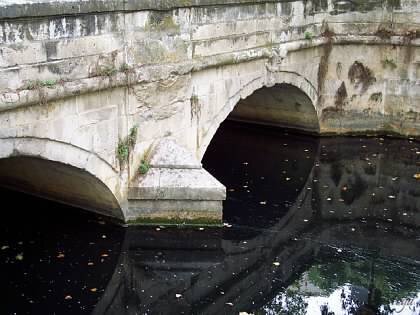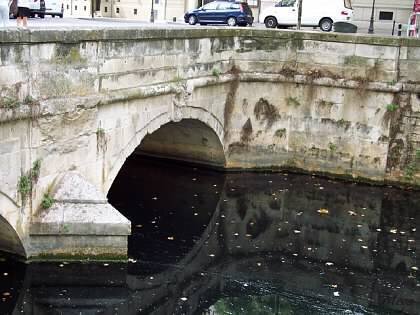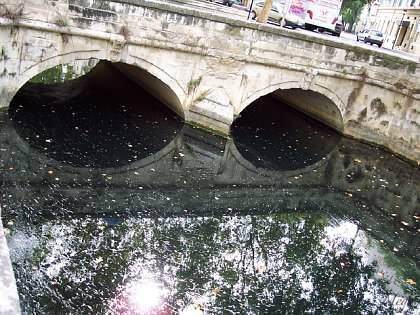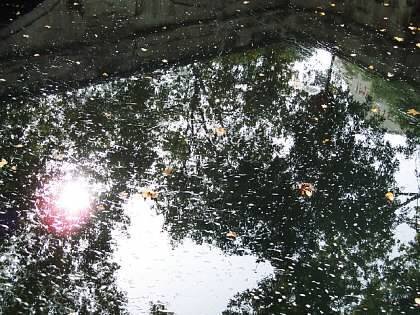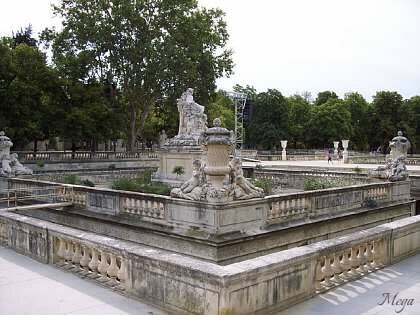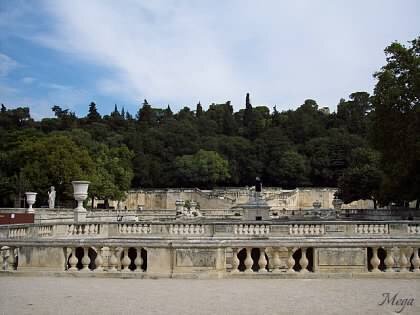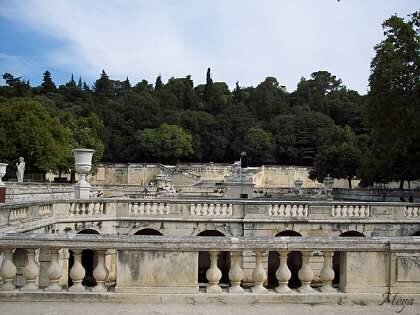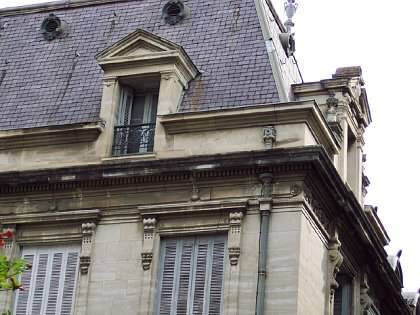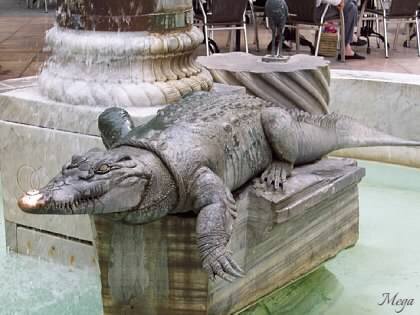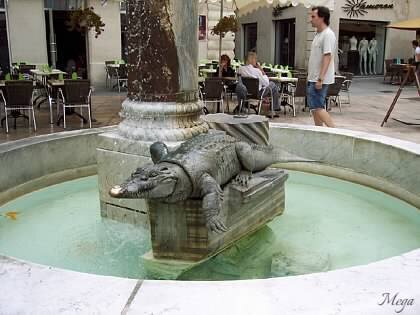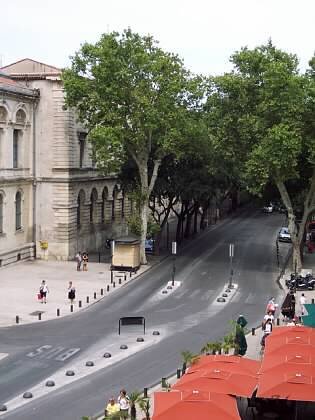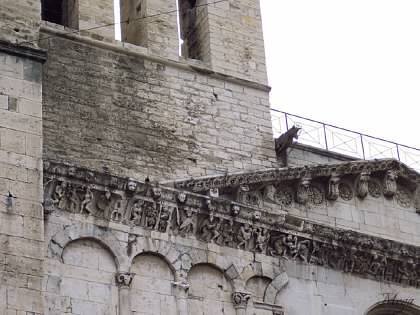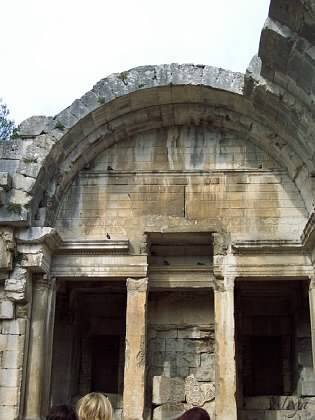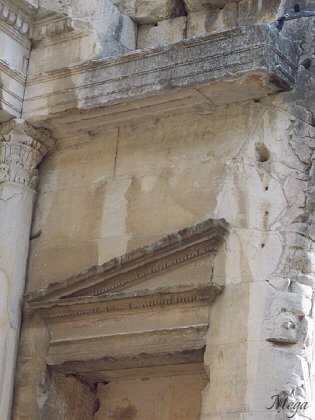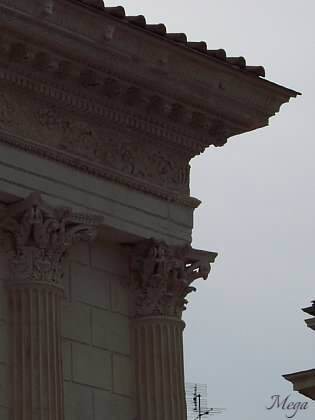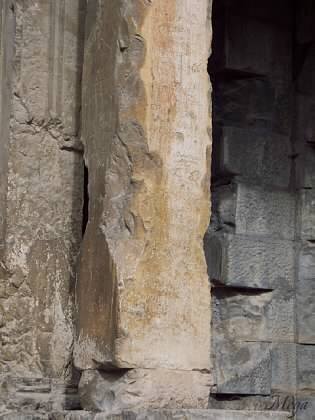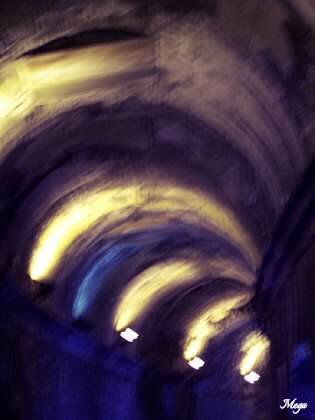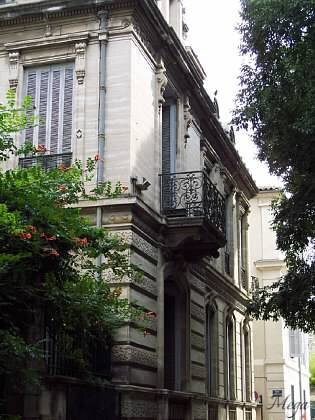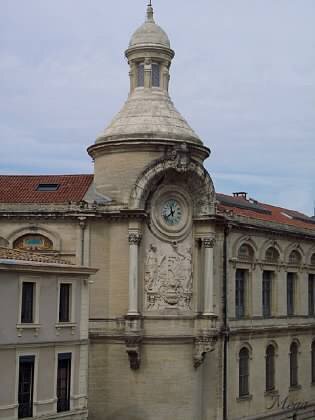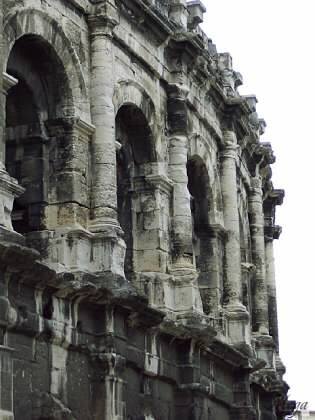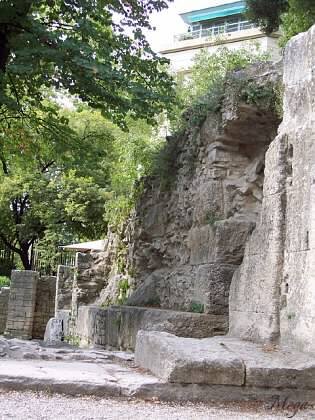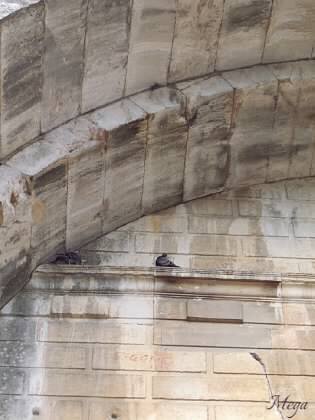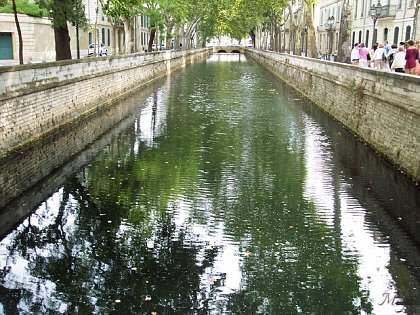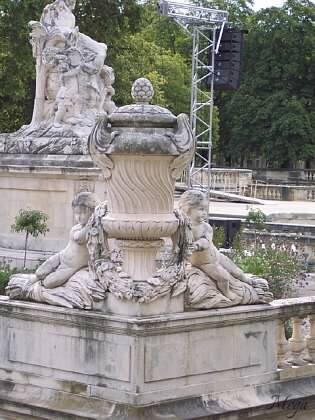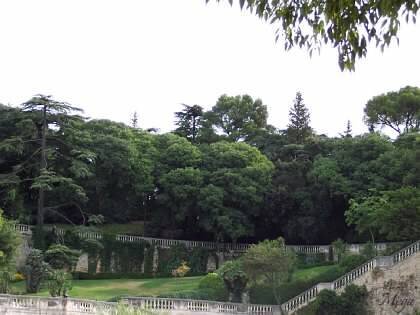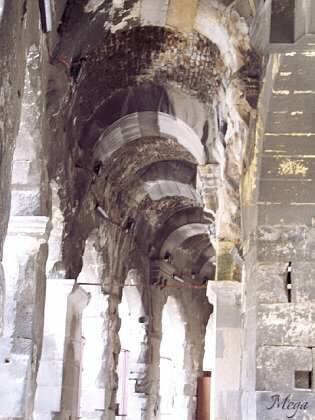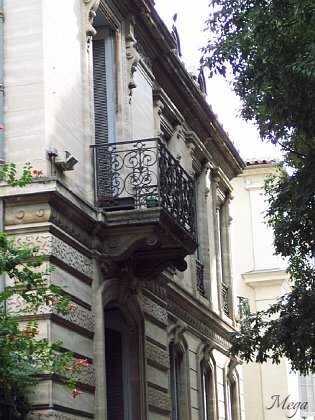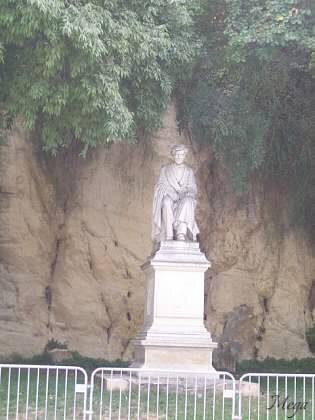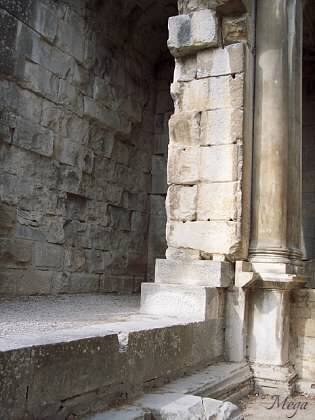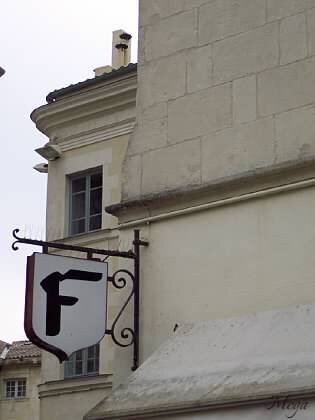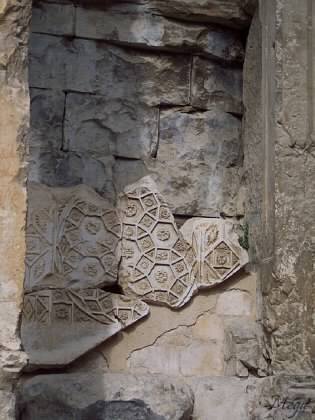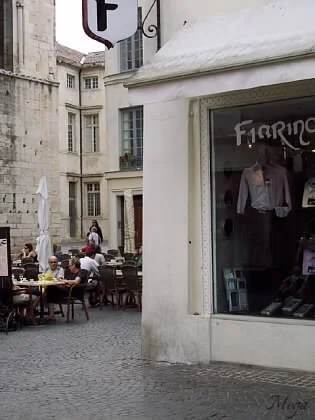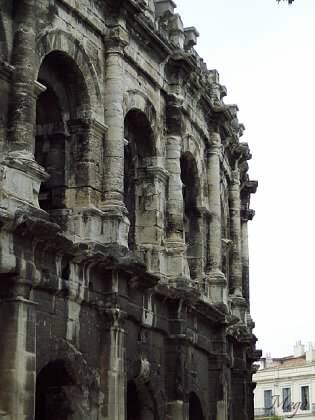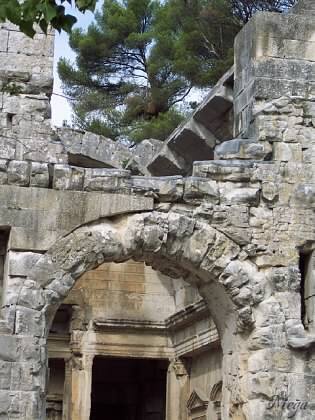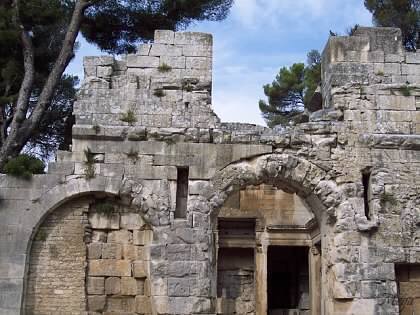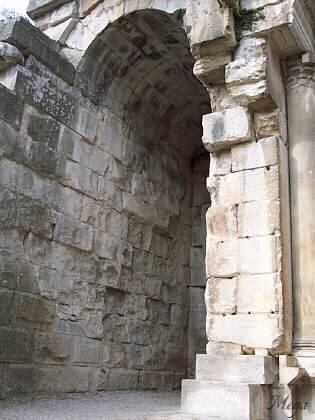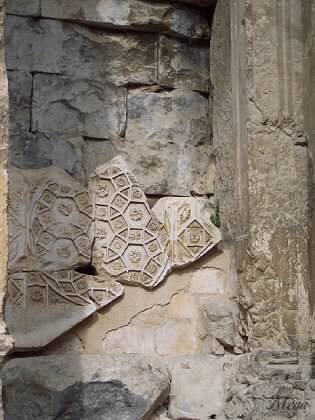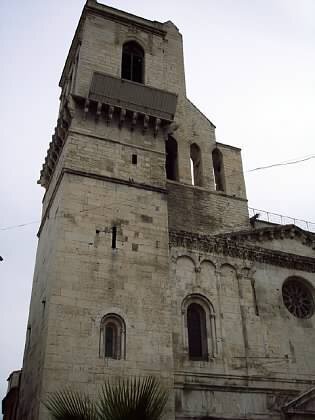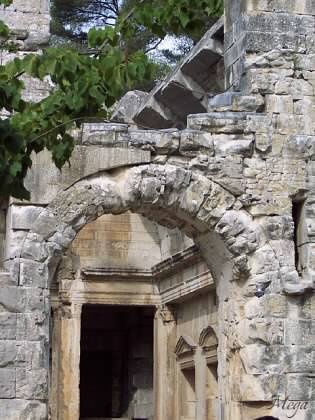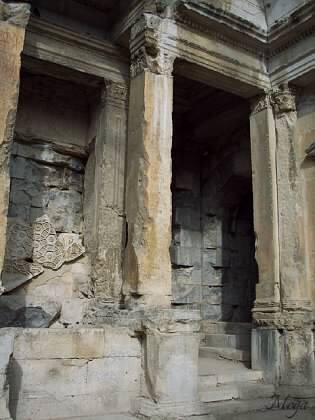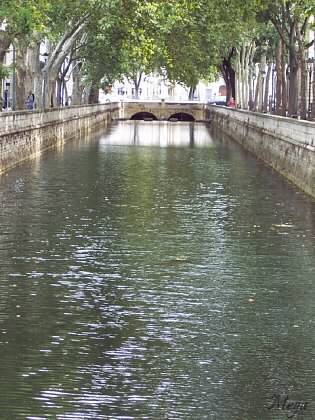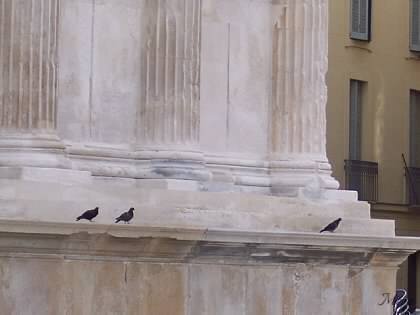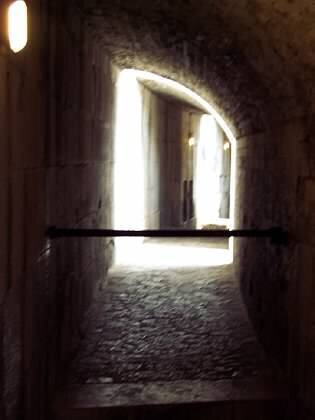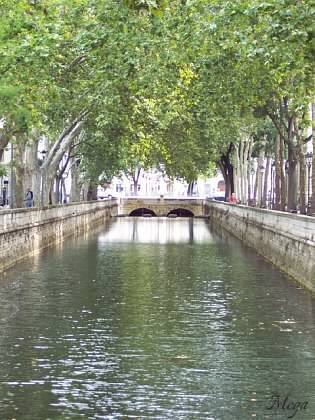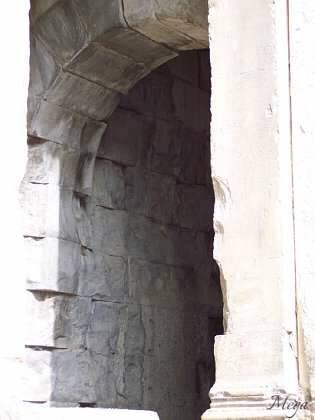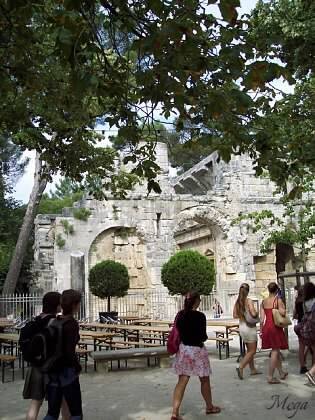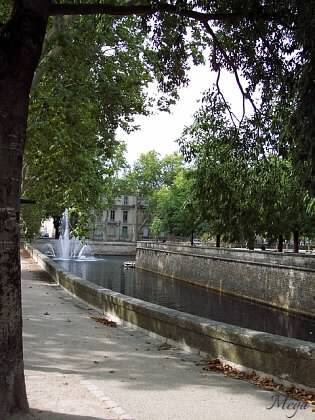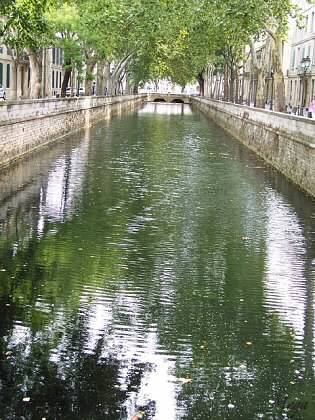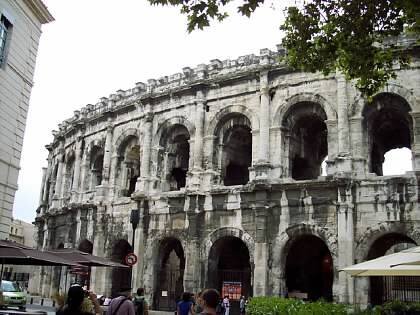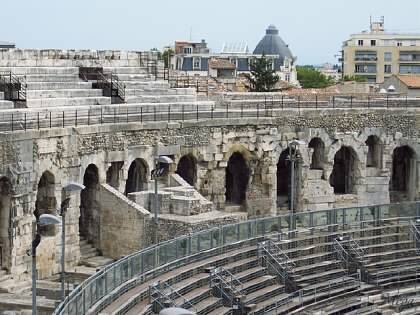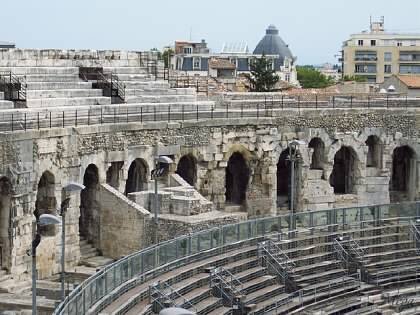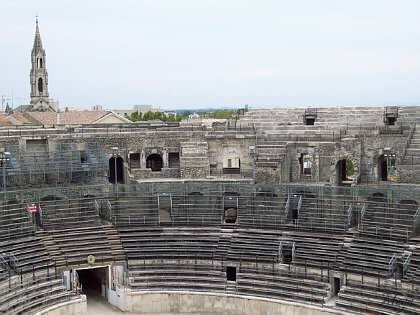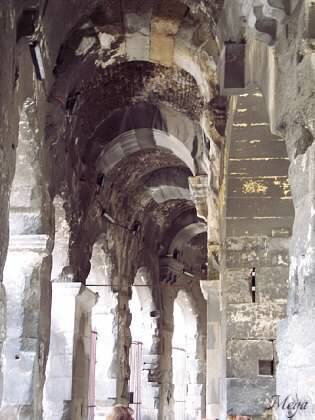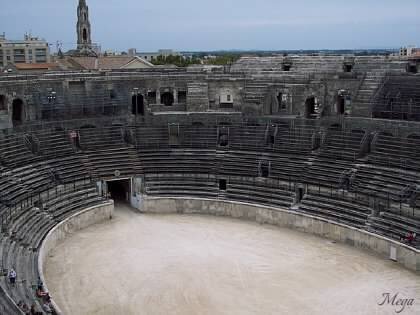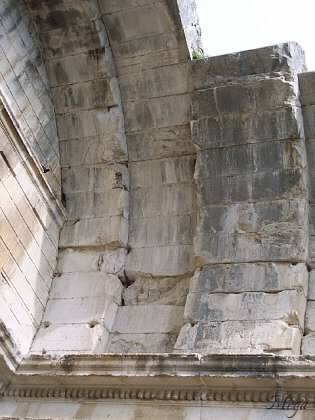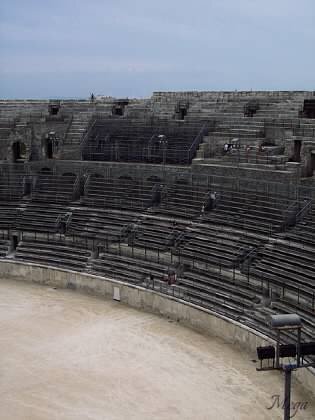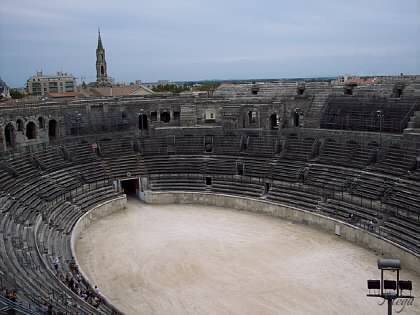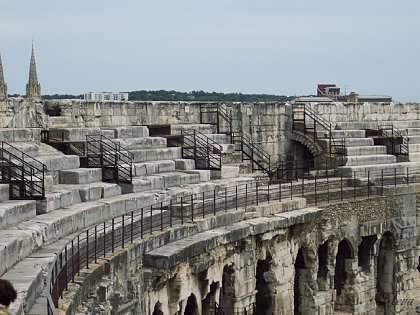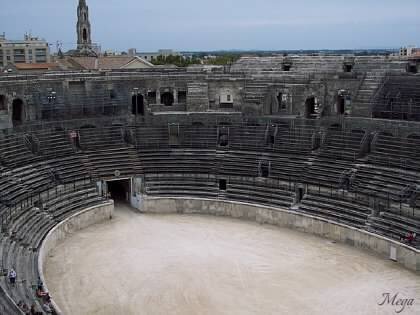French Culture: The Beauty of Nimes
When studying abroad in France, I was given the pleasure to experience the beauty of Nimes. With a bustling square/plaza, we were able to catch up with friends and share our love for the french language. Filled with Roman architecture, this city is one heavy with Greek and Roman history. We are reminded of Greek mythology, Gods and Goddesses, as well as the vitality of life. Nimes brings Greek and Roman architecture to life for those who have studied it. When visiting you are reminded how small you are in the grand scheme of things, yet how one small act can make a huge difference in a single moment and mark in time and history.
City Center:
In the city center is a crocodile with a palm tree ~ when we arrived the guide told us if we touched the nose of the crocodile and made a wish, our wish would come true. The symbol of the crocodile and the palm tree dates back to the time of Emperor Caesar Augustus and the conquest of Egypt by the Roman Empire. The palm tree represents the victory while the crocodile represents Egypt. As a reward to the Roman military, Caesar gave the land known as Nemausus (Nimes) to the military to settle on. Both symbols together represent the settlement of Nimes. This symbol was also imprinted on the first Roman coins of Nemausus. It later served as a new coat of arms by Francois I in 1535.
Amphitheater:
During the 12th Century - the amphitheater and the surrounding area also held the Vivuier, and the Knights of the Arena, while the religious power was in the Bishop’s Palace Complex. Seeing and touring the Nimes amphitheater, you can imagine the times of gladiators, times when arenas/amphitheaters were used for the persecution of Christians and to carry out other atrocities. Inspired by the Colosseum in Rome, the ampitheatre is full of Roman arches, holds around 24,000 people, and has remained in beautiful tact throughout the centuries. While many bullfights have been held there it hosts many public events including Roman-themed re-enactments as well.
Jardins de la Fontaine:
the Jardins de la Fontaine is thought to be one of Europe’s first public garden. Started by King Louis XV, the garden was built around pre-existing Roman pools that were uncovered and discovered while creating the garden. Nemausus - where the name for Nimes is derived from - was a Celtic God who provided all the water to the spring which keeps Nimes fertile. The spring, itself, like the healing waters of Lourdes, is also thought to have healing properties. The channel itself leads to nymphaeum (a Greek and Roman sanctuary dedicated to water nymphs, eventually, in this case, holding an altar to Augustus, and now holding a statue of Nemausus). This served as a healing spring sanctuary with individual little pools that people would come to, rest in, or bathe in for its healing properties. These waters not only kept the land fertile but were thought to aide in human fertility (Matres Nemausicae).
Temple of Diana:
The temple of Diana aka. The temple of Artemis was a Greek temple dedicated to the goddess Artemis, associated with the Roman goddess Diana, was originally in Ephesus. The Temple of Diana in Nimes is reminiscent of this temple and created by Augustus to be included in the Fontaine Sanctuary. It was part of the Sacred Roman Complex, but served as a library around the 1st century and was dedicated to Augustus.
During the Middle Ages to the 16th century it was used as a church/Benedictine monastery, however, it was damaged in the French Wars of Religion.
Maison Carree:
The Maison Carree was an ancient Roman Temple dedicated to the grandsons of Augustus. Of importance to the United States, Maison Carree was the inspiration Thomas Jefferson used to create the Virginia State Capitol building and other Capitol buildings. Inspired by the structure, architecture, and style, Jefferson went on to create the Virginia State Capitol, and other Capitol buildings reminiscent of Greek and Roman Architecture. With a love for Classical Greek and Roman architecture, Thomas Jefferson liked the classically clean lines as well as light and enveloped both in the creation of the Capitol building through the use of Greek and Roman Architecture and the addition of windows. Having been a master at architecture, and even having his own Library of Architecture, Thomas Jefferson was moved by the Maison Carree bringing his love and inspiration from the structure to life in the United States.
Please find our Nimes Collection below:
